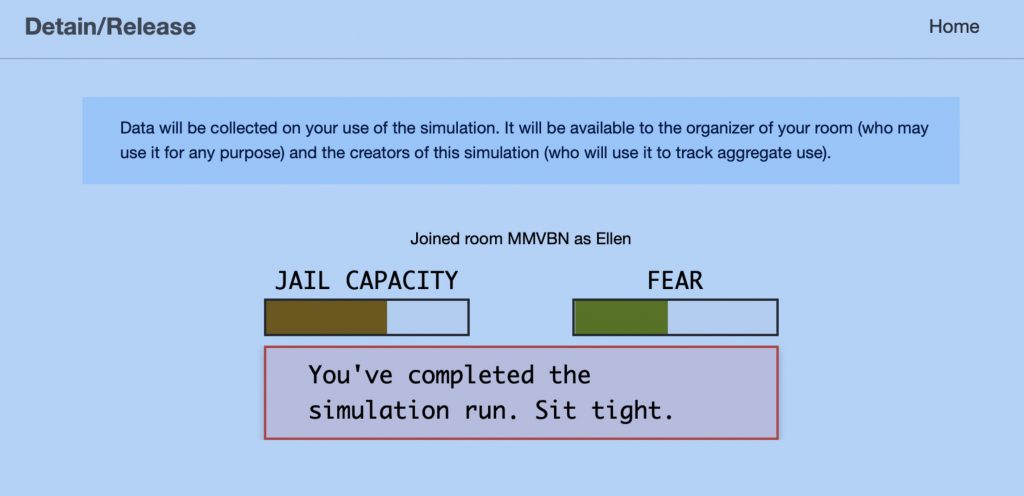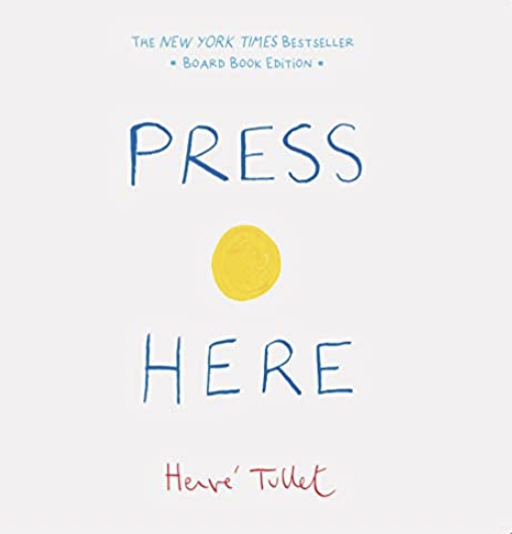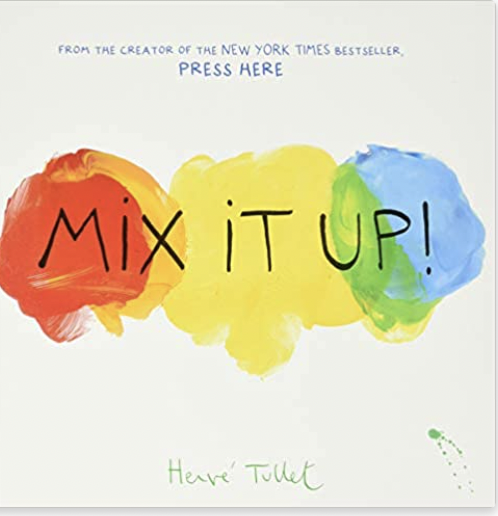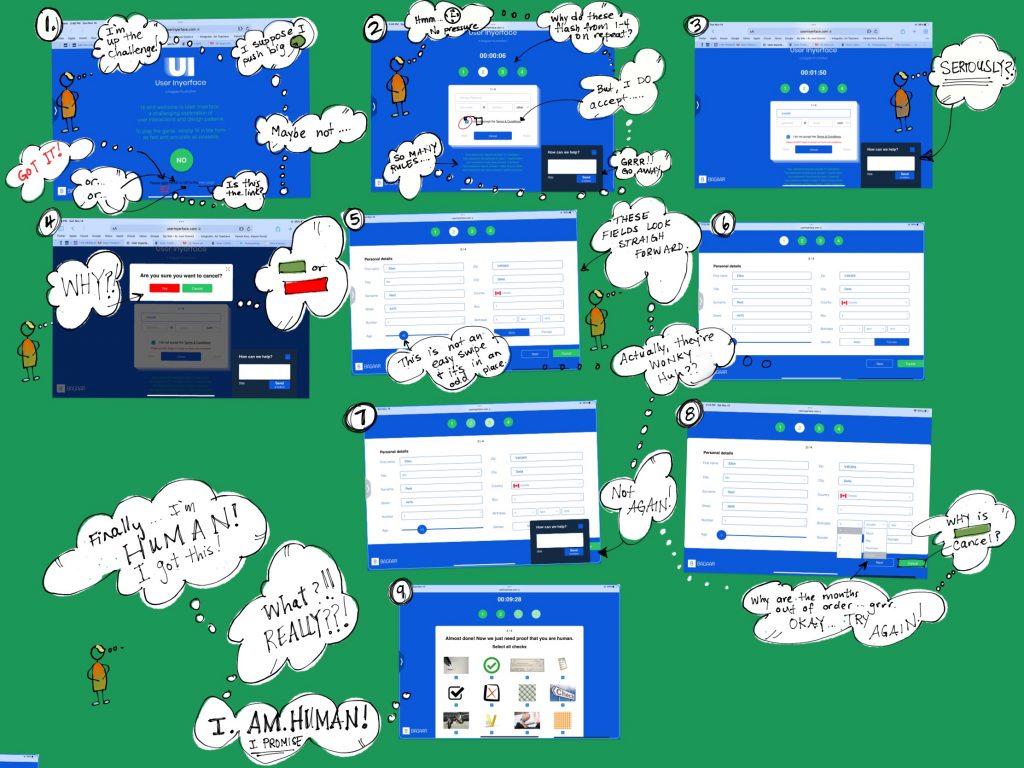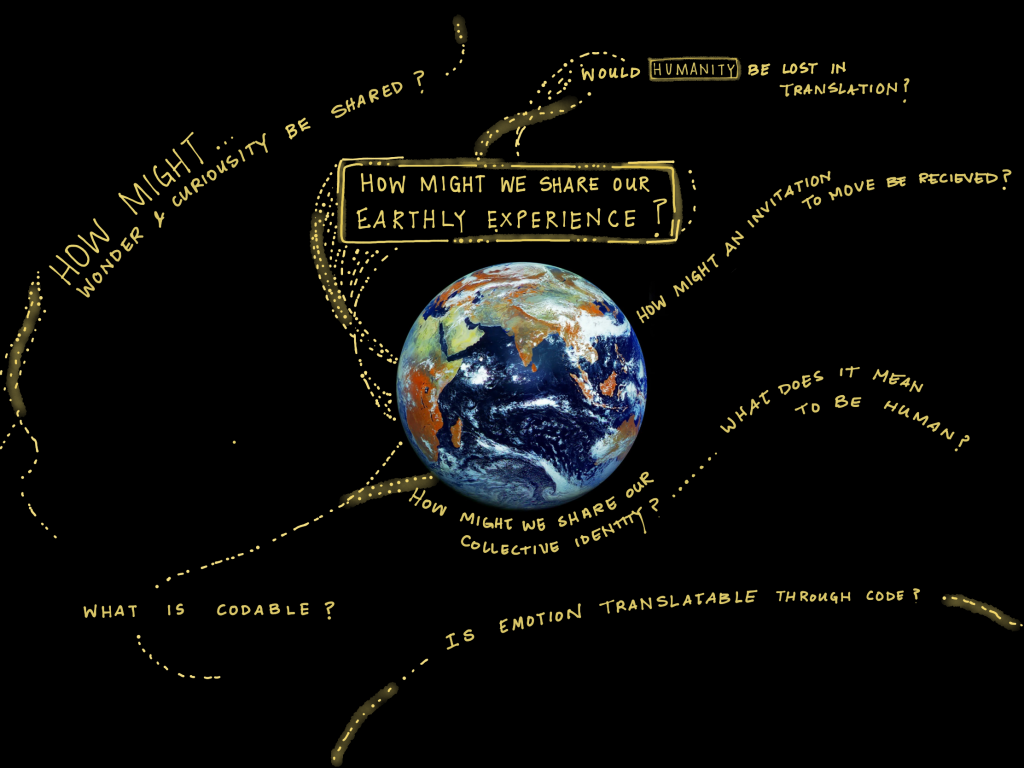A Utopian Narrative
The sun begins to appear as the blinds retract. My sign that it is time to wake. The locally grown coffee beans are brewing my first cup of the day. I hear a familiar voice calmly amplified throughout my home, welcoming my family to a new day. We call him Ernest. He tells us the weather and recommends two outfits that would be suitable, based on our schedule and closet inventory. I’m relieved that I don’t need to make these decisions.
Ernest, is kind enough to turn off the lights when we leave a room, adjust the heat so we don’t waste our stored energy. Adjust the blinds for temperature control, water and nurture the plants according to the data they are emitting. He does all of the little things that my parents had to remember to do when they were my age. He will even indicate the appropriate dosage of antidepressants needed according to many years of data collected on my mental health, correlated weather data and predicted trends. I’m grateful for the small adjustments that make managing my mental health and my life easier for me.
After the kids are off for a day of land-based eco learning, Ernest prepares me for the day. To start, I have a virtual collaboration session over my morning coffee and breakfast that is projected in my home office. I love engaging with colleagues in this way. We are a diverse group of people working together to design a new virtual learning opportunity for students. We bring students together from around the planet to better understand the current needs of our planet, based on the most up-to-date information from global scientists and the UN.
Next up, is my morning run, where I am unplugged from work and today I choose whether to run with my virtual running coach or to have a virtual run with my sister. Today, my biometrics indicate that I’m able to run fast and I’m going to tap into my coach to optimize the benefits.
After my run, I have time for a shower before my class. I’m currently learning how to harvest native herbs and enhance the ecosystem of my soil. My class is located at my neighbour’s garden today, where we will also be sharing a meal with the latest harvest from our various greenhouses. We learn from the current science and innovative practices that are being shared on our learning network at a rapid speed. We are also eternally grateful for the elders who work to guide us, sharing the indigenous knowledge and perspectives, that guide our learning and inform our work.
The community is learning so much about the advances in micro-farming and we are on the cusp of being completely sustainable.
This afternoon, I have scheduled time to visit a virtual learning space in town. If I’m out front at 3:00 I can hop on the 3:02 Huber, which will have me at the school for 3:10. We’ll explore the latest big data analytics to help the Individual Education Plans according to the latest data recommendations for each learner. Ernest is wonderful at chiming my watch when it is 5:00 pm to inform me it’s time to head home for my family dinner.
When I arrive back home, I hear my children chatting about their daily adventures learning about local plant diversity, and what they designed at school. Ernest dims the lights and informs us our dinner will be ready shortly.
As we gather around the table, we’re grateful for the time we have together and our collaborative efforts to contribute to our community. We end our day with vegan ice cream and our favourite VR movie.
Tomorrow will be another day of energy spent in the right places, working towards a better future for the planet and humanity.
A Dystopian Narrative:
I awake to wait for The Assistant to signal it’s time to get up. The Assistant is the latest in a long line of virtual home personalities (I use the term ‘personality’ loosely). I’m hoping this one is better than the last, which fizzled out only a few weeks after arriving. I am determined The Assistant watches and judges me constantly, or at least that’s how it feels. We are mandated to have a personality in our homes, I can’t afford a decent one. So this is what the government installed.
When the cold air blows in my face and the sheets are pulled from my bed. I know I have no choice but to place my feet on the concrete floor and start the dreaded day. I hope this is a coffee day. I really have no choice in the matter. It depends if there is any left. We have very little left in our home that can be consumed and The Assistant orders our rations based on the government projections which is not promising.
I hop in the concrete shower, I have two minutes and I hope it’s a warm water day.
I hear my children, eating the colourless, white concoction that has become our staple. The latest heat dome robbed any hope of eating something from the earth.
The Assistant indicates it’s a level two mask day and the pollution index requires a mask filter be changed at noon. I pack the kids’ bags with the forecasted air quality and heat in mind and send them off on their hoverboards. They should have enough battery, the ‘Brown Out’ was only part of the night.
The Assistant tells me to hurry up and sign in to my virtual meeting. I’m working with colleagues trying to salvage the remaining soil in our province. The dissolution of mandatory ecological practices has devastated the western provinces. The government has assigned me to work on the problem.
I look out the window and it’s grey. More grey than I have ever seen. The pollution and dusty dirt blend together with little distinction. The meeting is postponed due to ‘unprecedented’ weather conditions in the east and an unretrievable satellite signal.
I run on the treadmill. I miss running outside. My lungs can no longer handle the pollution. I turn on my sun lamp in hopes that some artificial vitamin D will penetrate the depression that I cannot shake. I have no medication left and I don’t care enough to try and get more.
I’m hungry.
I feel faint.
I walk around the concrete room for a few minutes and decide I should try to locate some food for our family. Maybe something has arrived in town.
I ask ‘The Assistant’ to arrange my transportation. The estimated time of arrival is 1 hour. It will then take me 45 minutes to get to town, the Hubers are struggling to hold a charge these days and they need to stop frequently to get a boost.
In town, my mask makes it hard to breathe and I gave my last filters to the kids. I walk through the market looking for hints of green or red, anything to indicate a sign of something that has come from the earth. I scanned my only entrance to town pass yesterday, and I hope I’m not caught.
When I finally arrive, I see nothing.
There are even fewer vendors than before.
My heart hurts. I have a sadness that is unimaginable.
Even the vending machines that once had artificially cultured vegetation, are now empty. Glass broken, and nothing left but codes on empty shelves.
My wrist buzzes.
It’s The Assistant.
I need to line up to get the Huber, so I’m home for the kids.
It’s dark when I arrive home. The house is cold, the kids are staring at the latest news and I can tell they are tired. Deep in their soul, tired.
I know there was one small carton of ice cream left in the freezer. I grab spoons and we eat in silence. The Assistant reminds me I shouldn’t eat it and the fridge is now empty.
It announces that data indicates the stores won’t have food for some time now and we will regret our decision.
We eat anyway.
